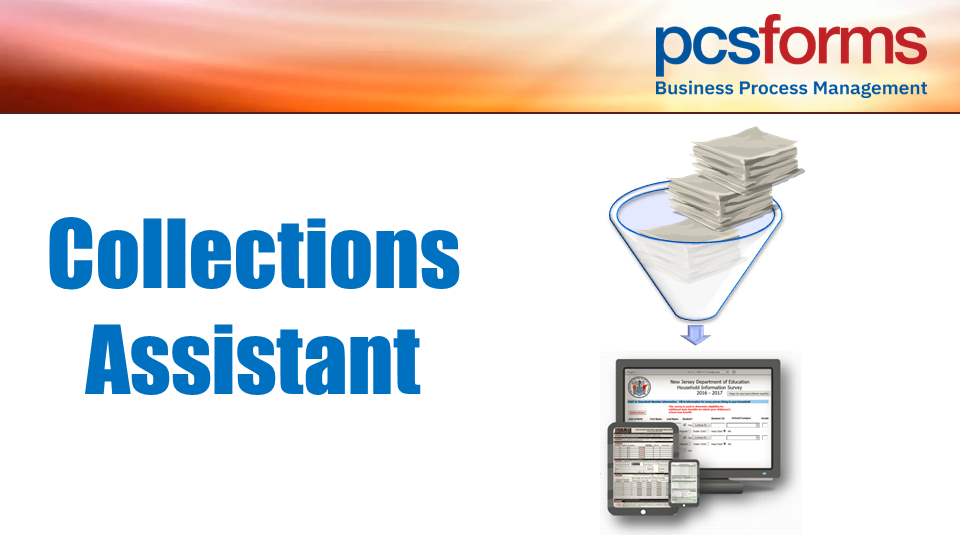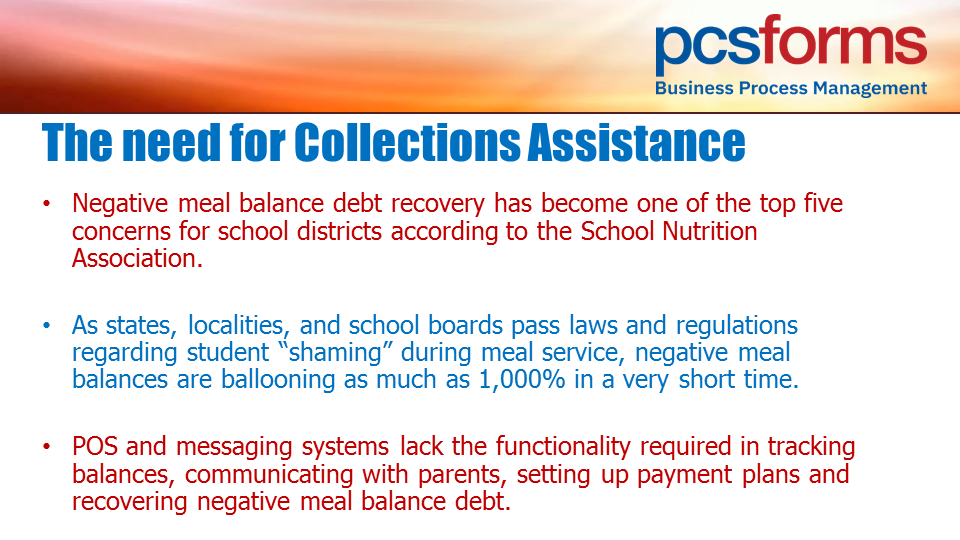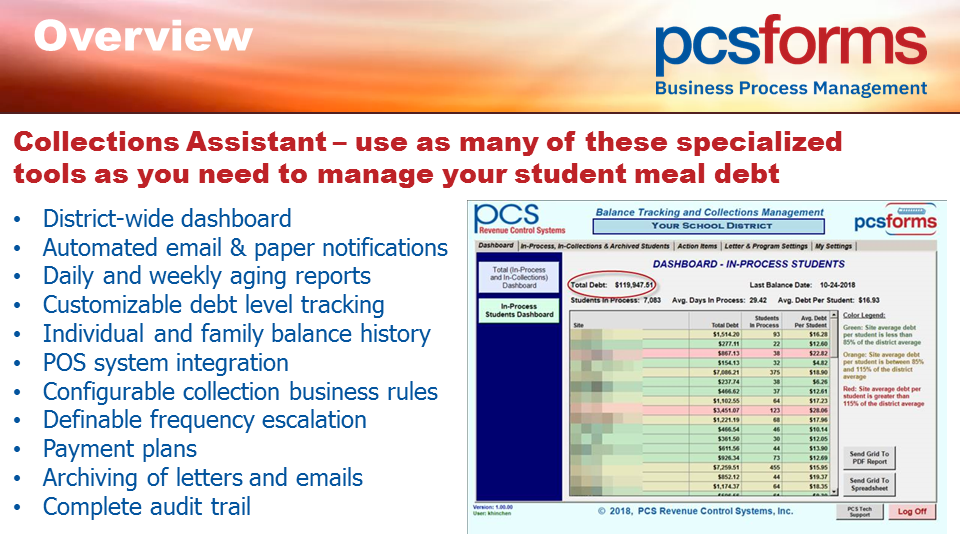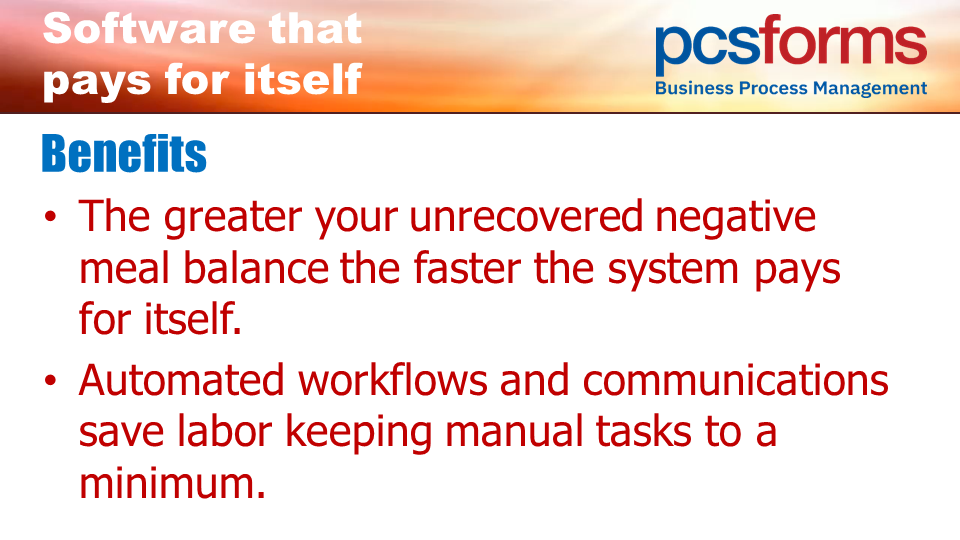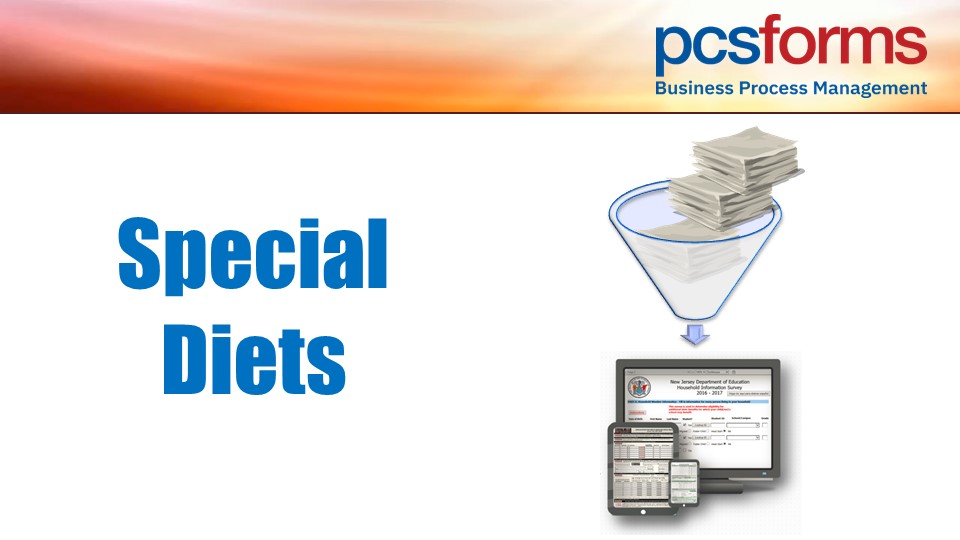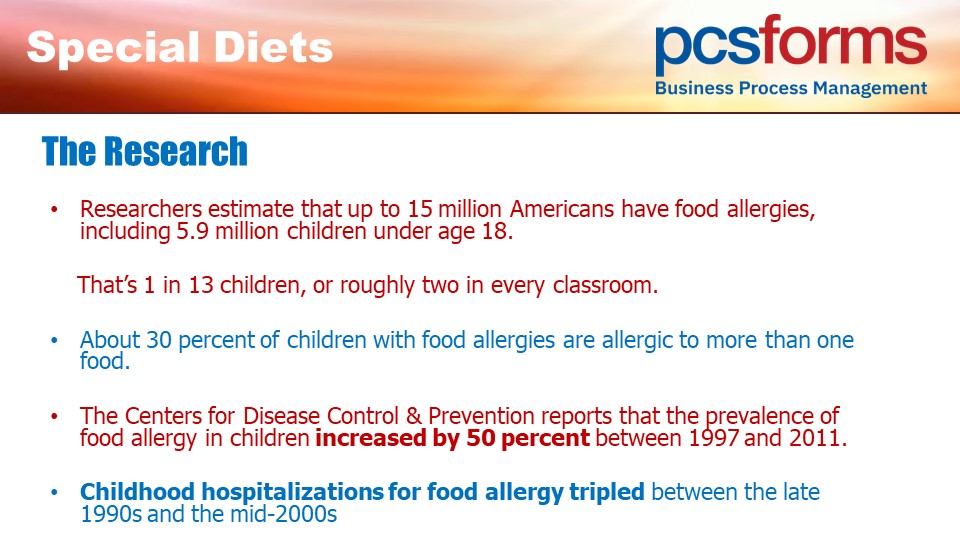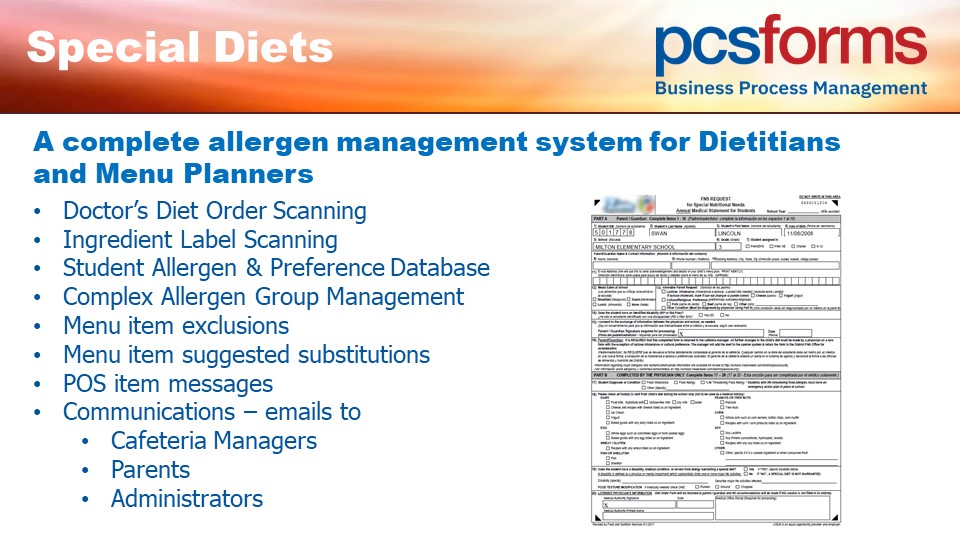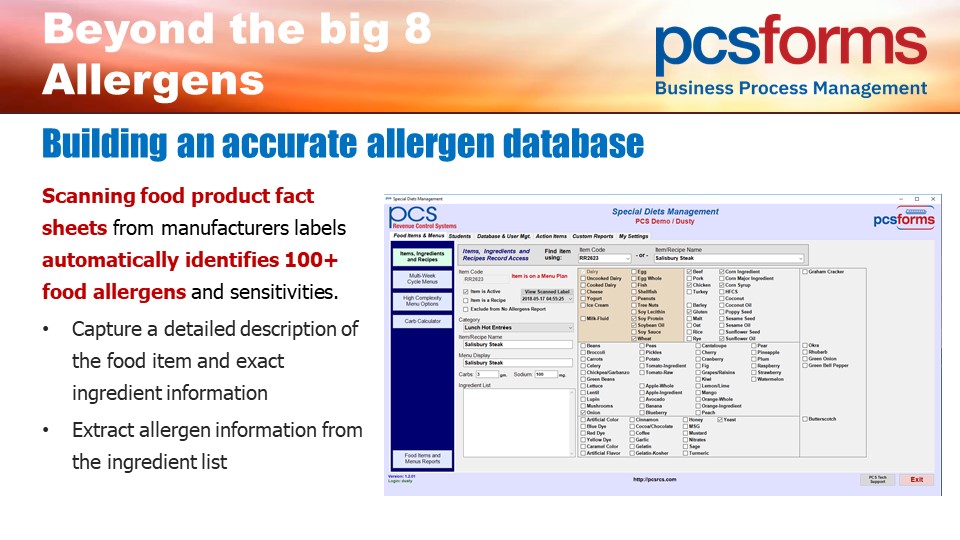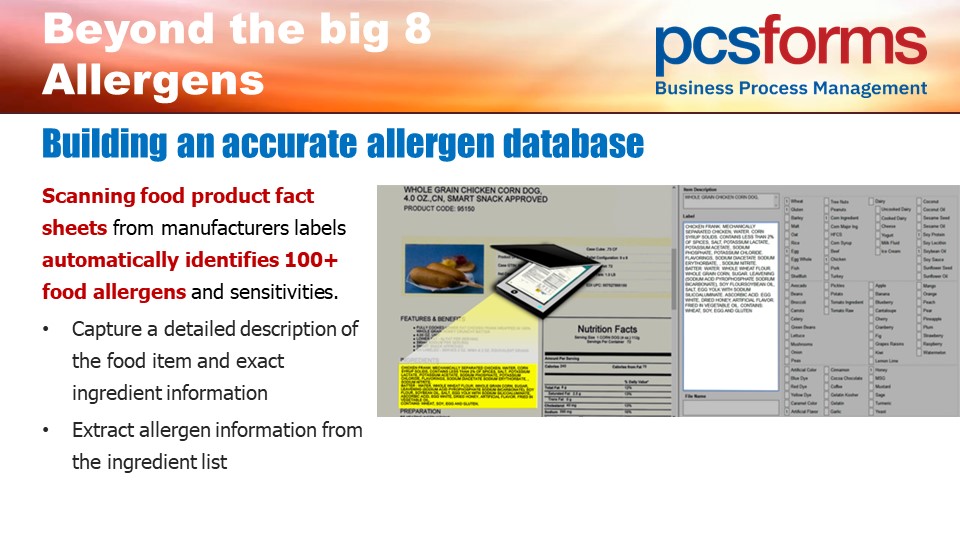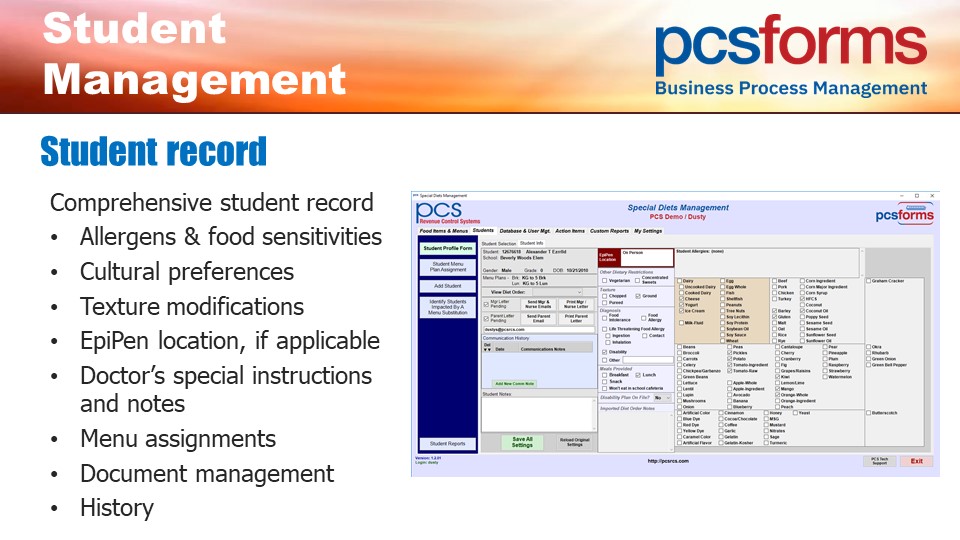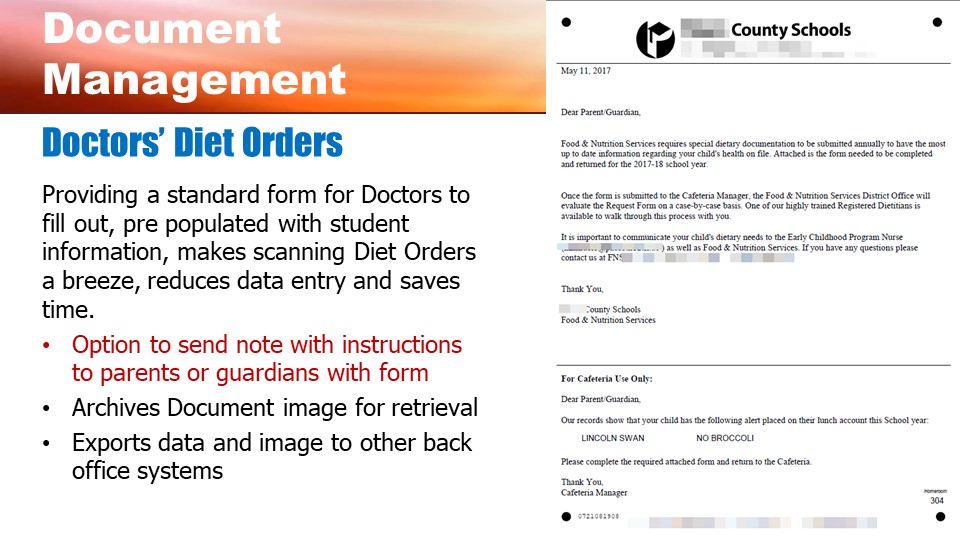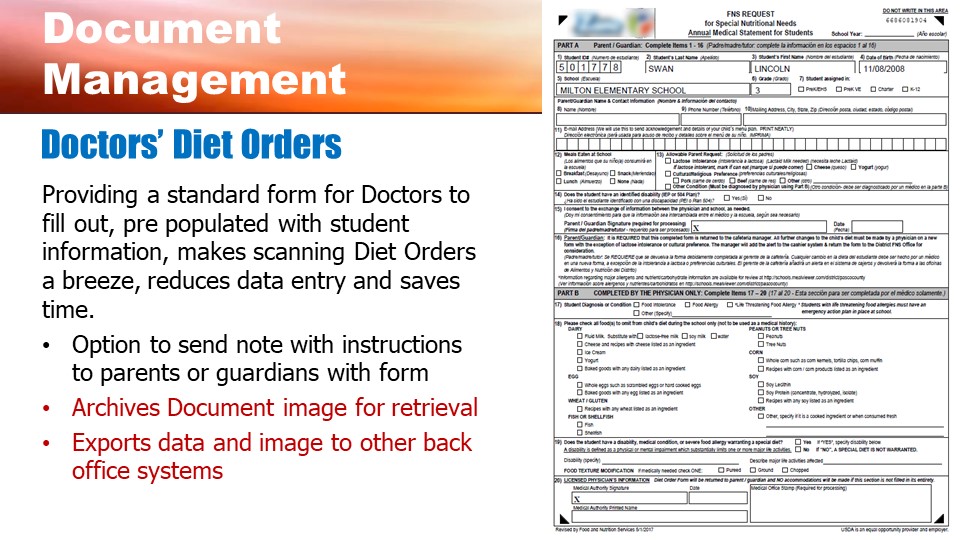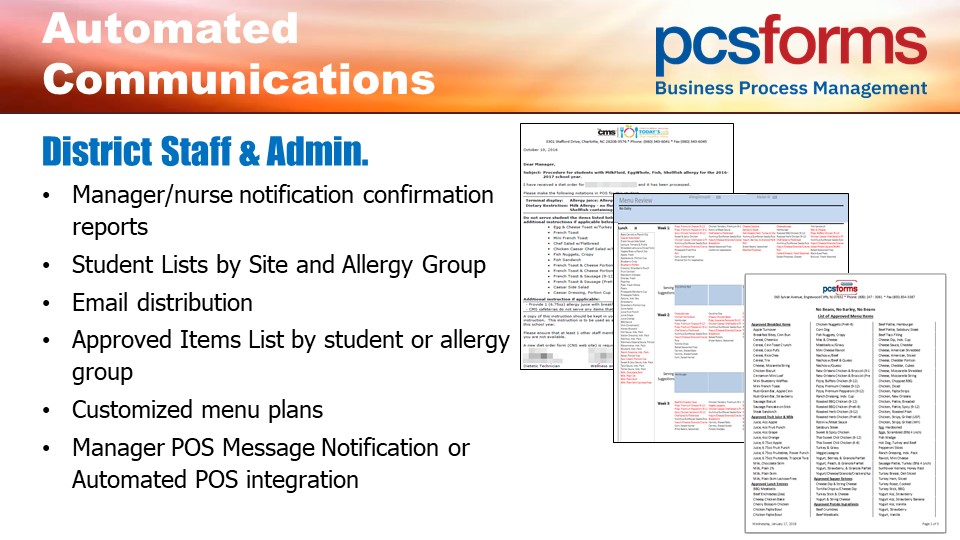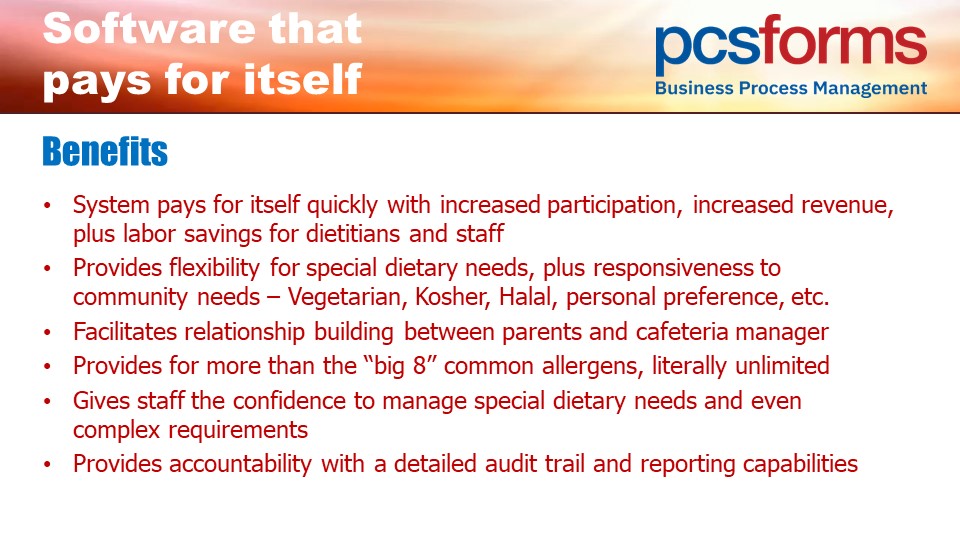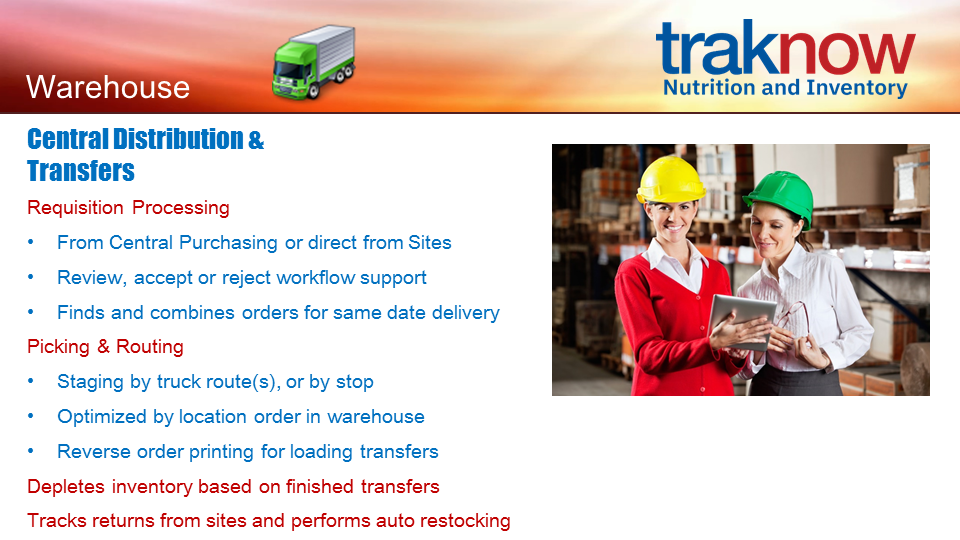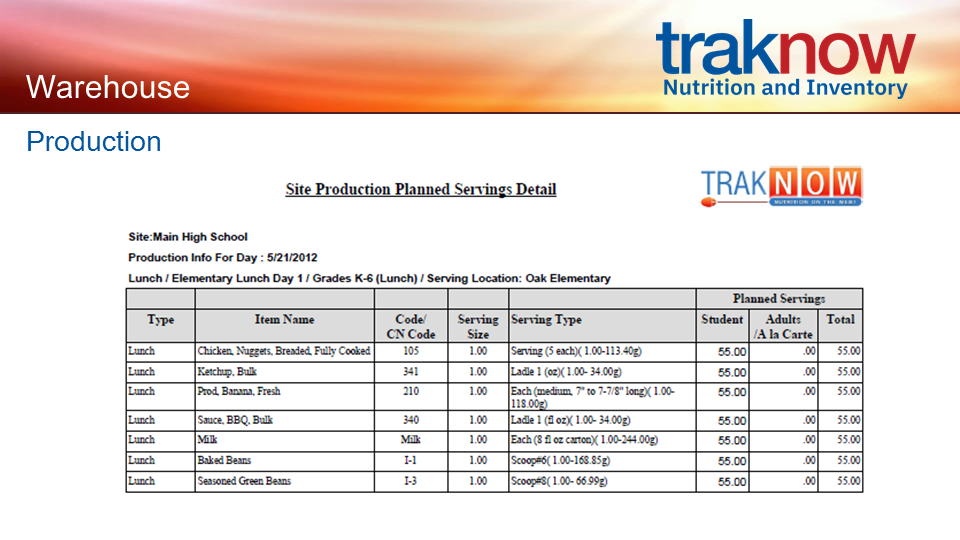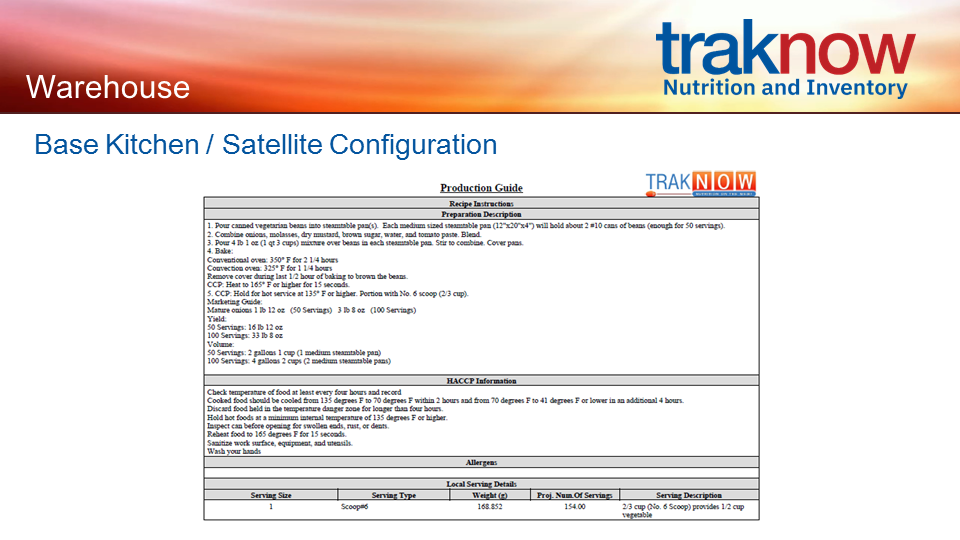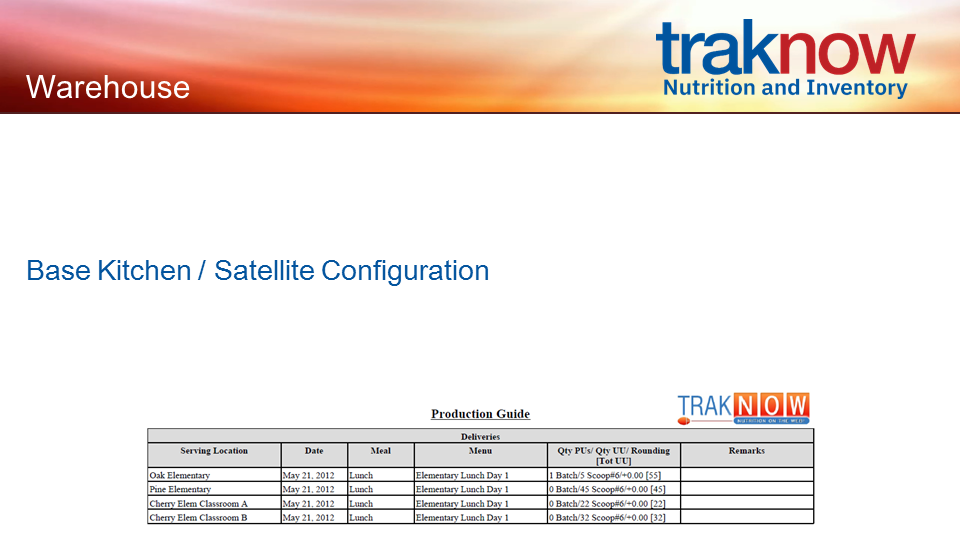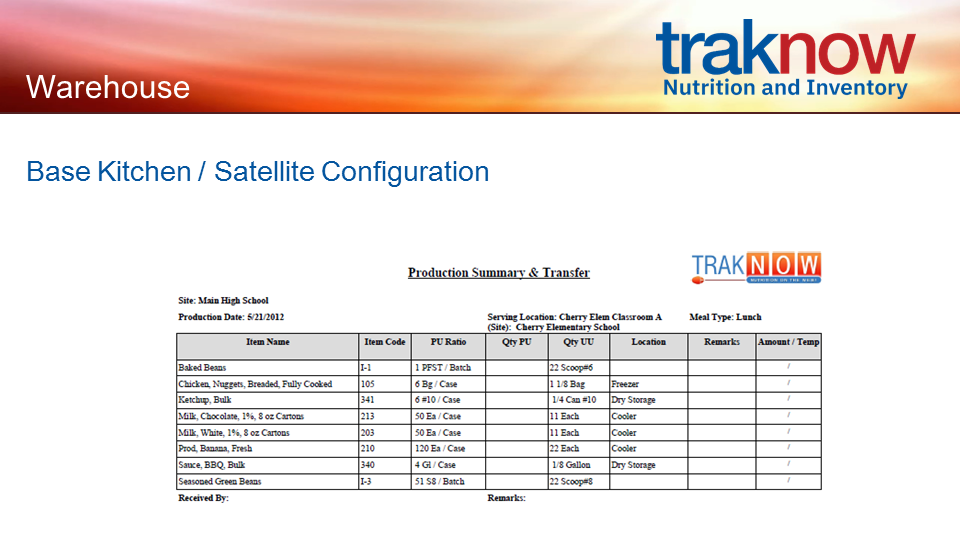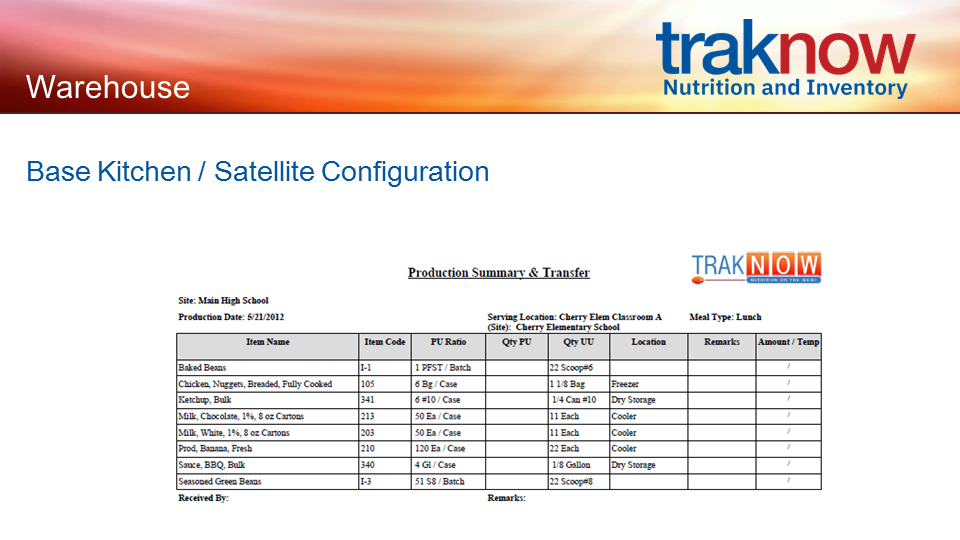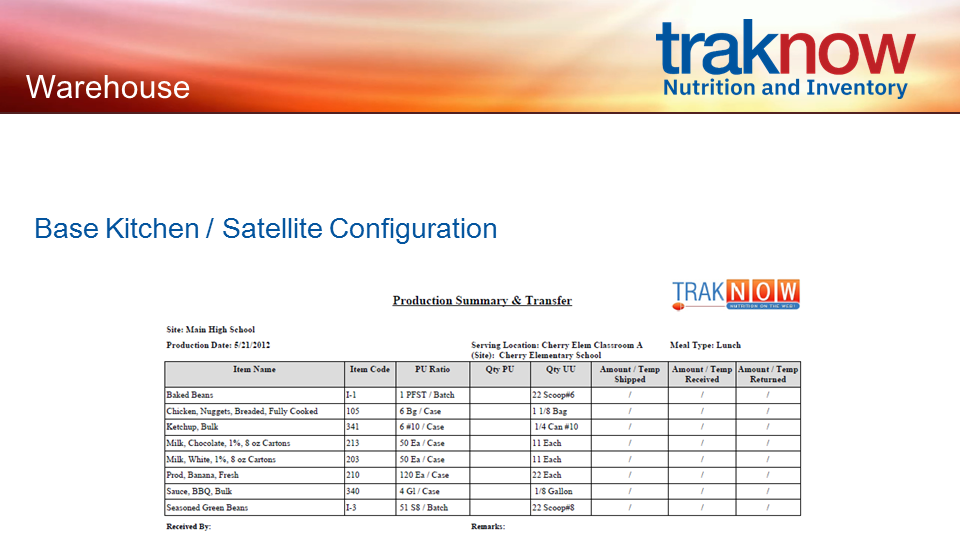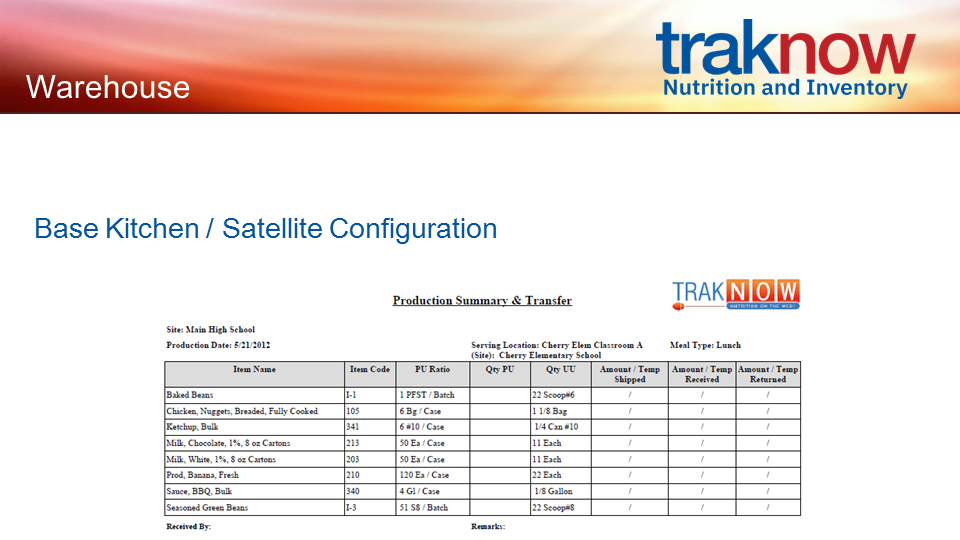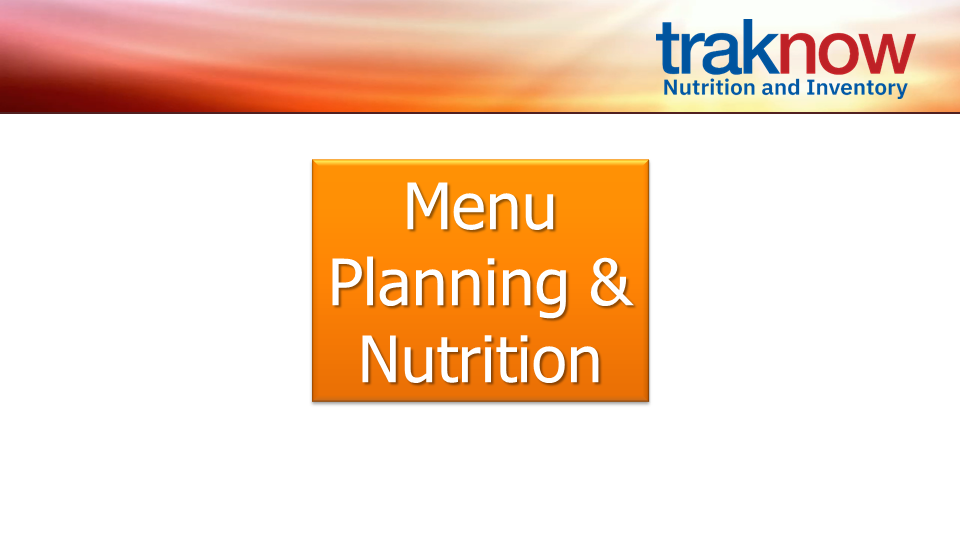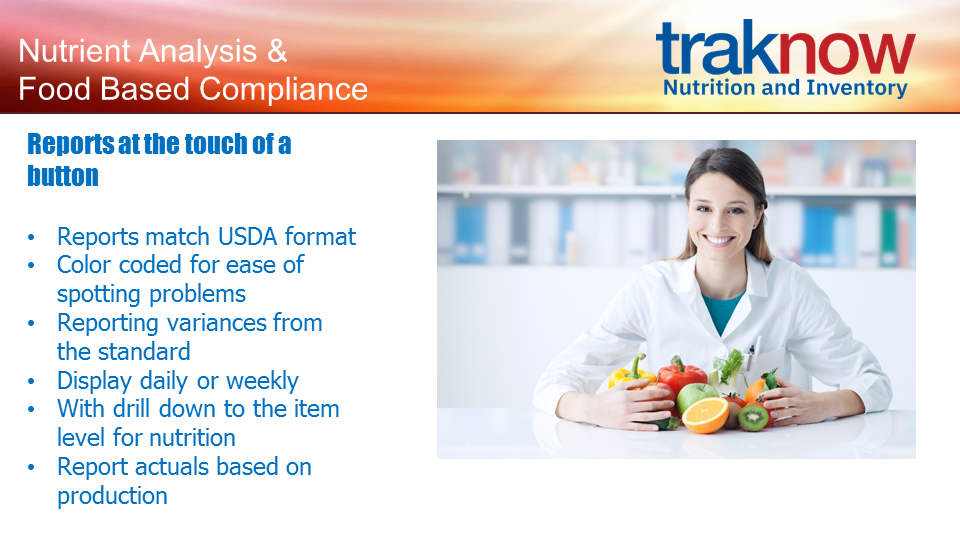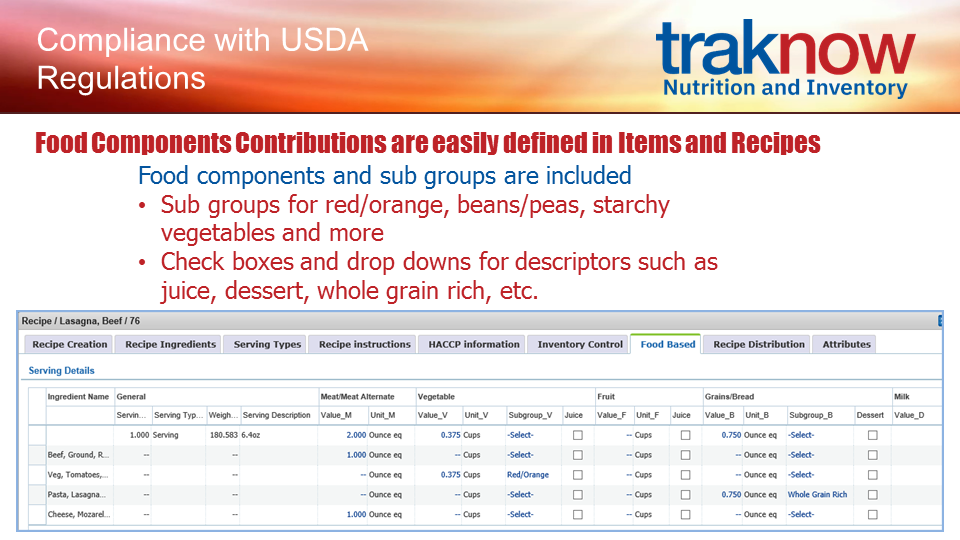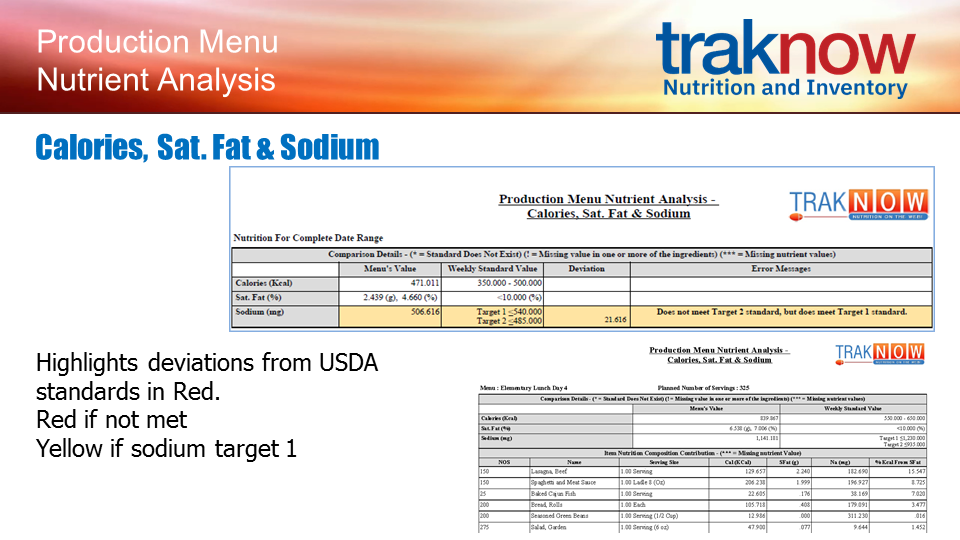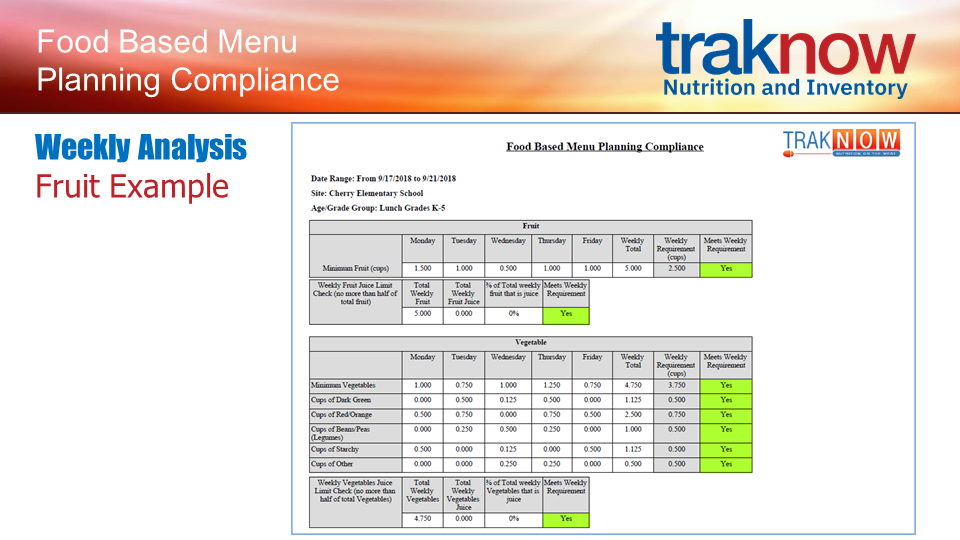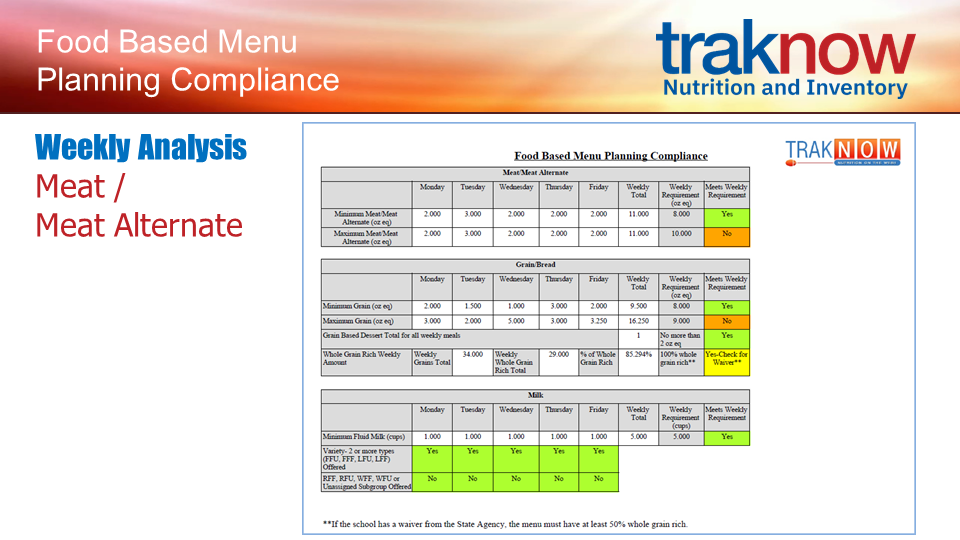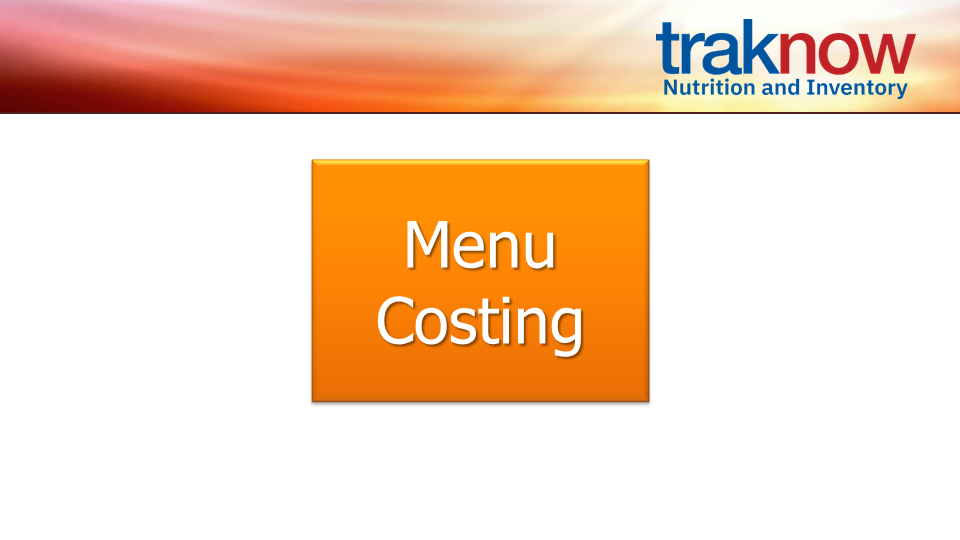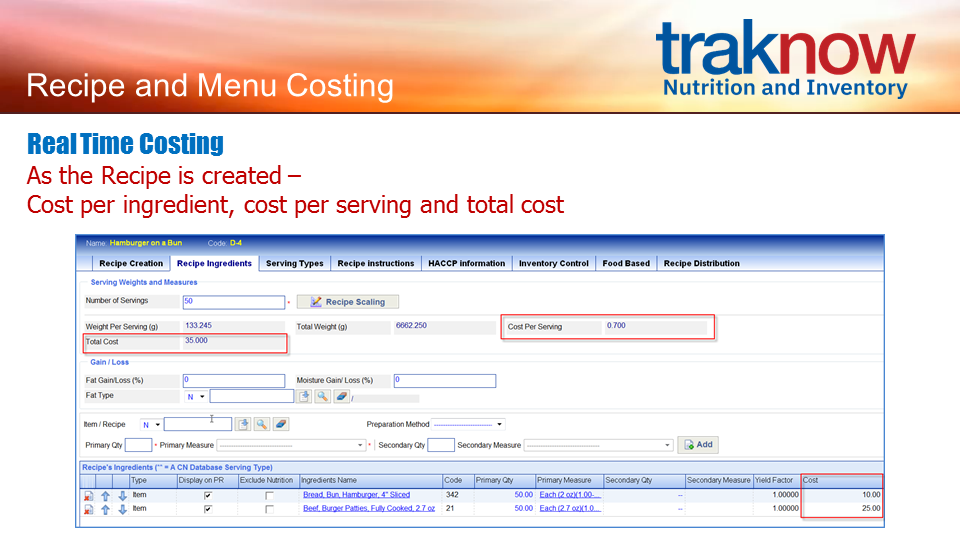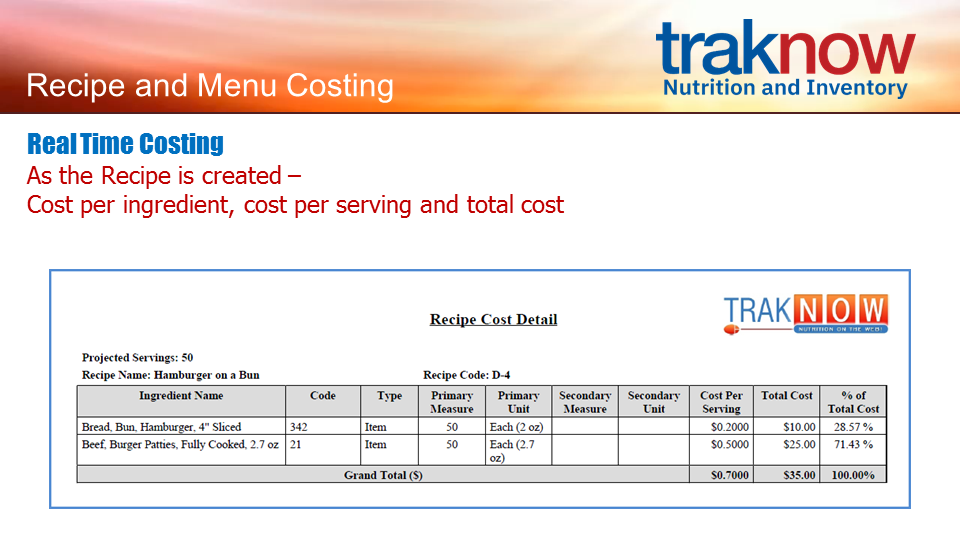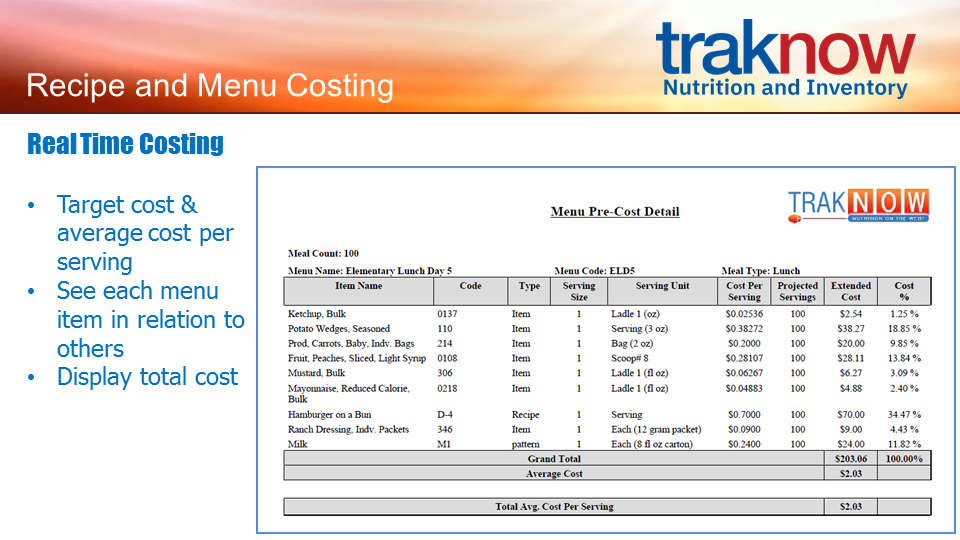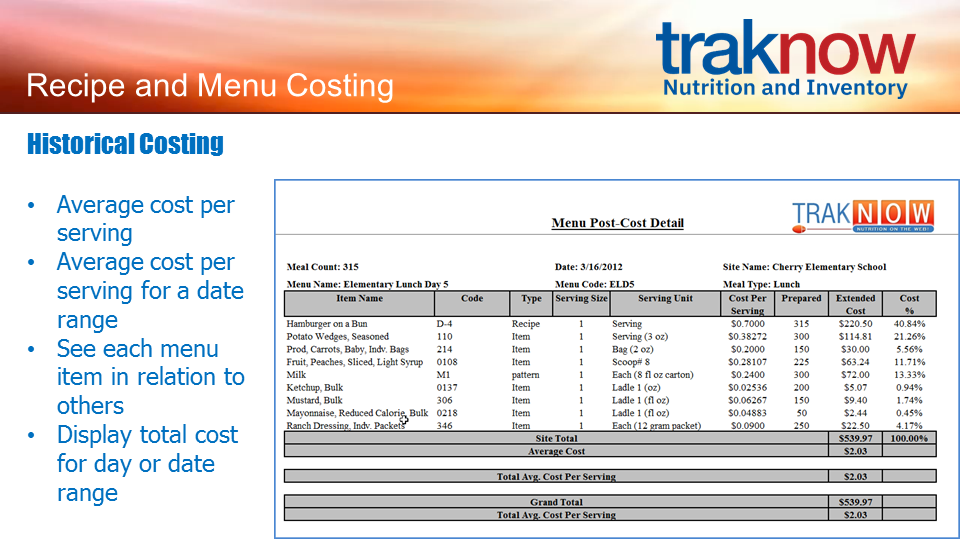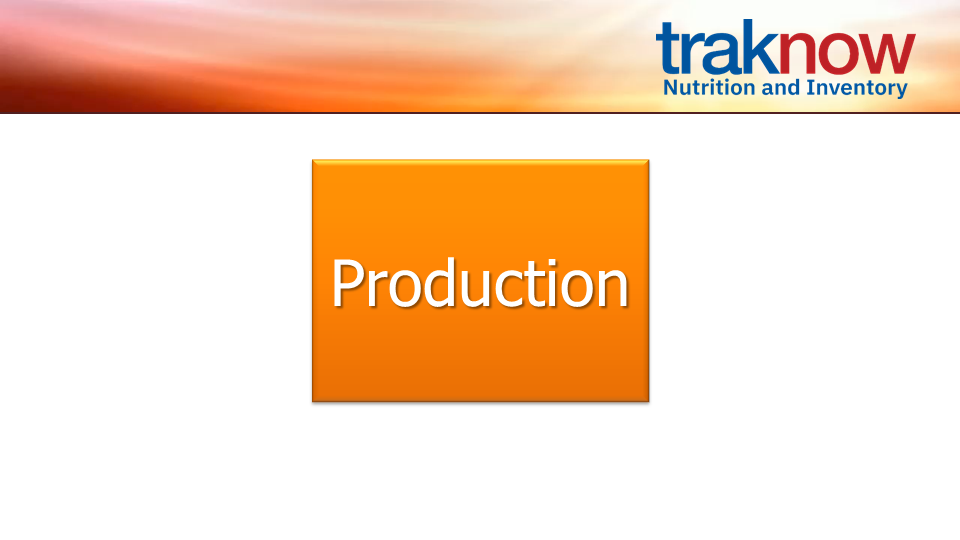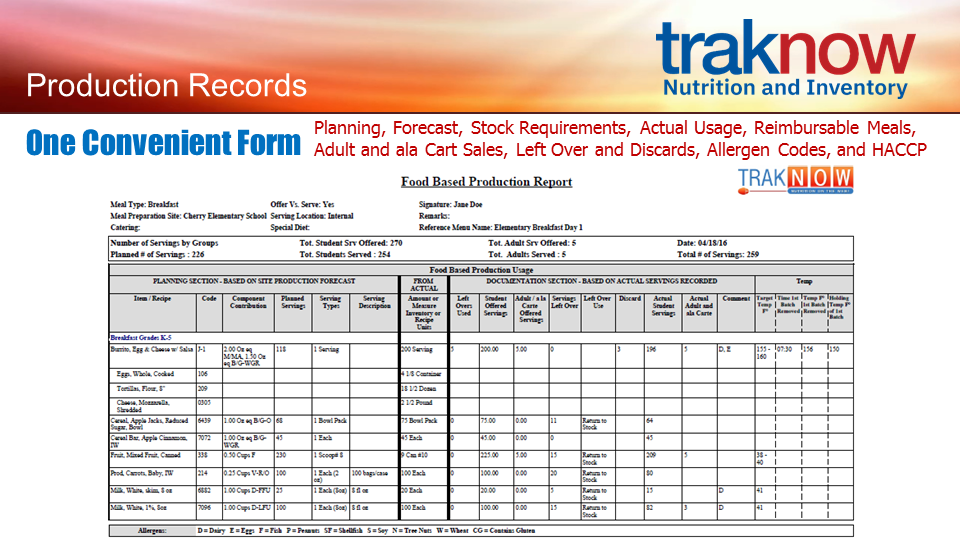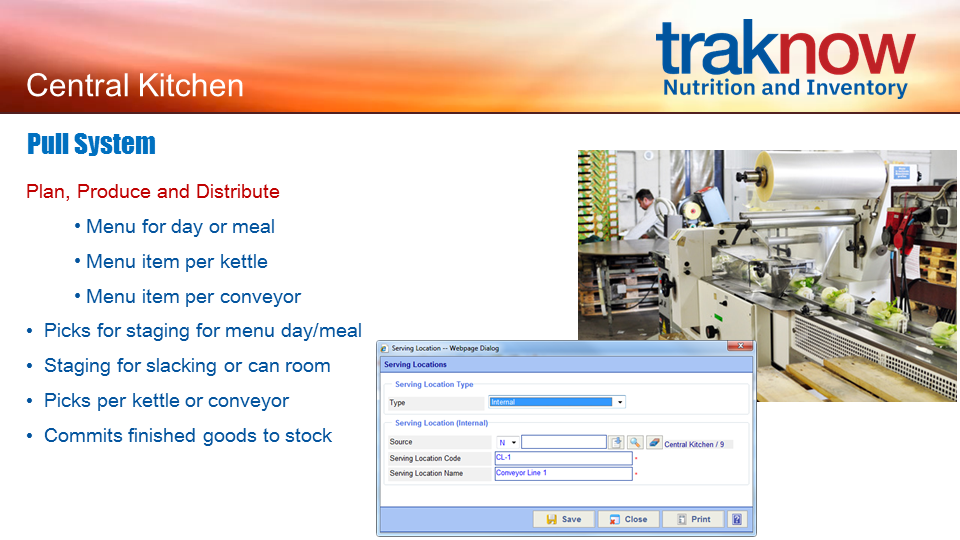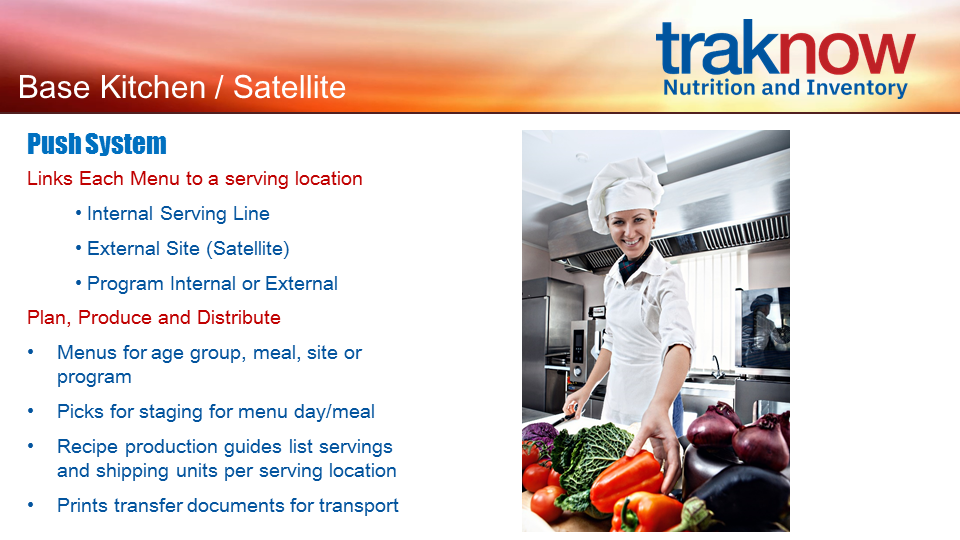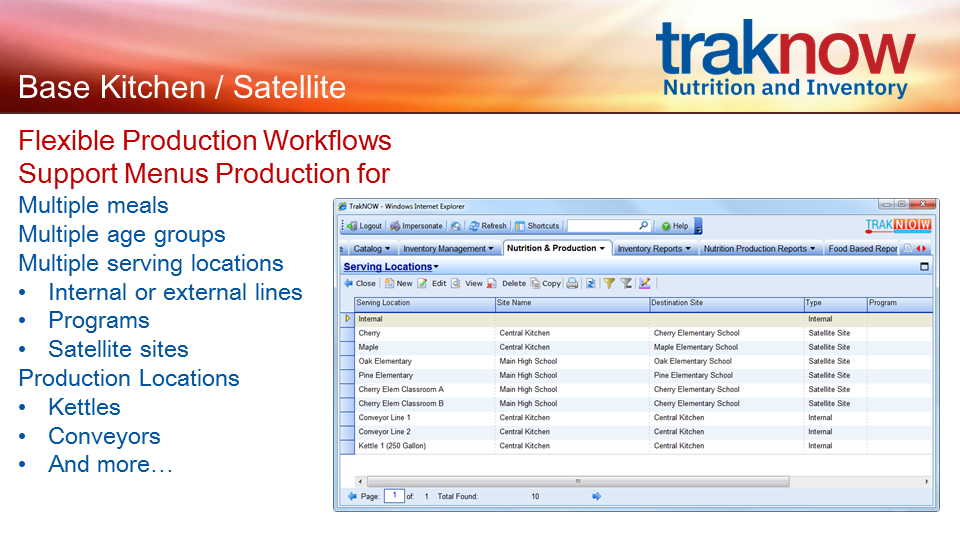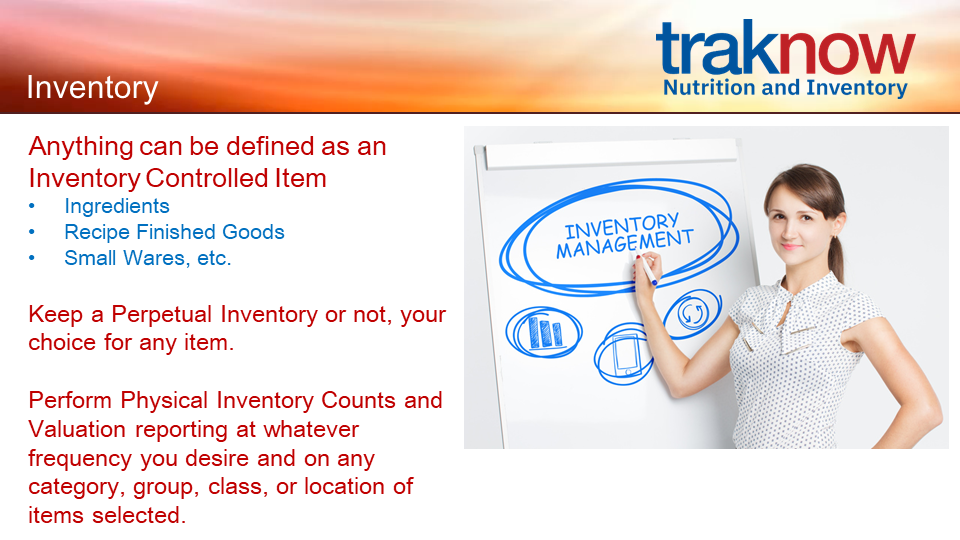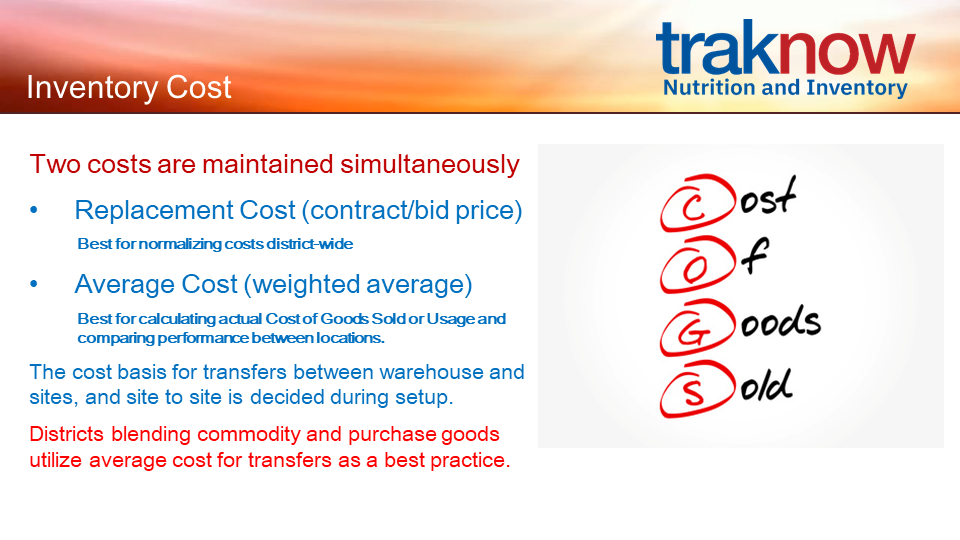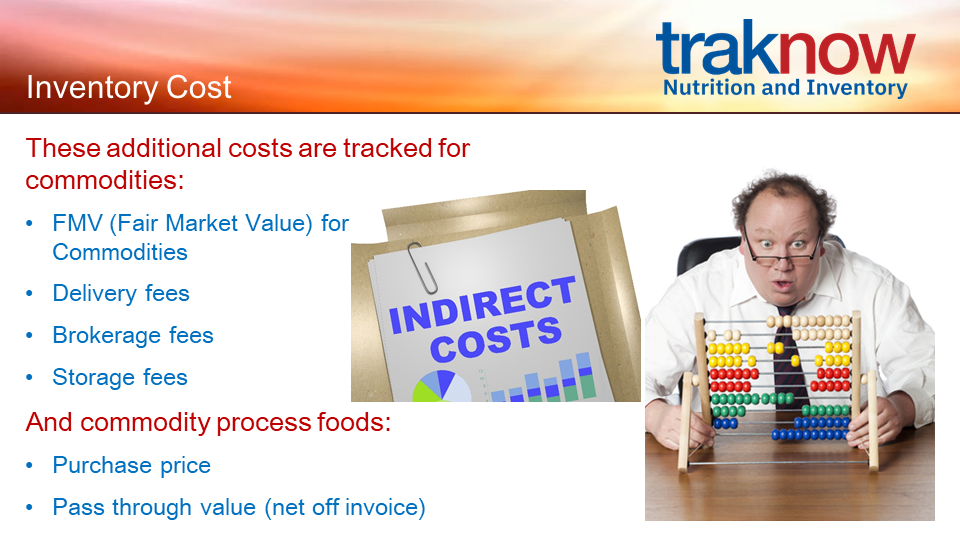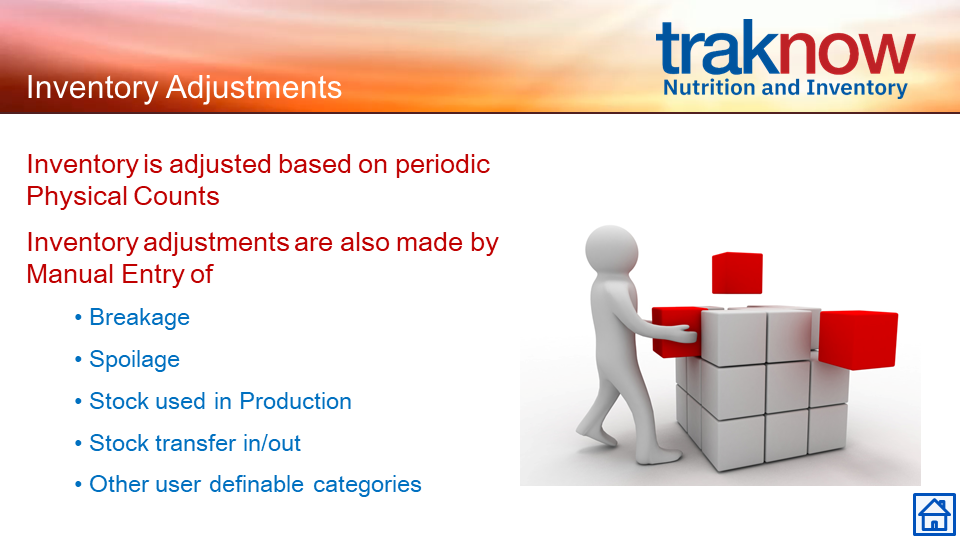Blog

Sep
The facial recognition market is a fast-growing industry expected to generate a value of almost $9B annually by 2022. Part of that market includes the education sector.
Currently, governments are the biggest consumers of this technology because of its ability to deter crime. The “eye in the sky” watching over everyone is able to detect facial features, allow expedient access or deny it, and identify persons of interest. Large cities like Chicago and Detroit have already opted into using biometric recognition.
Some people find Big Brother technology comforting, and others find it invasive. What if this same software is used in the schools your children attend or where you teach?
Uses for facial recognition software in education
There’s no doubt that technology has made it possible to get more done in a day. Where we once had to perform many tasks in education by hand, we now use technology as an assistant.
Software helps teachers provide customized lessons, analyze data, and even keep track of behavior. Technology saves teachers time, which something they don’t have a lot of. Think about all the clerical tasks a teacher performs each day, like taking attendance or recording which students eat lunch in the cafeteria, and which foods they select.
Facial recognition software can significantly reduce the time teachers spend performing clerical duties like these. Students actions and behaviors can be matched to a face, and then the information is either shared (with the registrar/attendance clerk and the food services department) or stored for later access.
The teacher is free to spend more time preparing or delivering instruction.
Facial recognition software can also shorten the time students take to log in to learning programs. Within a second, the software maps facial features and approves access, saving students from having to log and type a password each time they want to use a computer.
Read more at The Tech Advocate
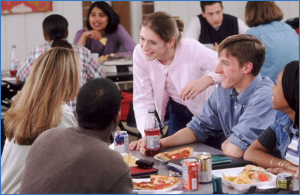
Aug
What happens when a student incurs debt from meals provided at school?
One Pennsylvania school district tried to collect on that debt by sending parents a letter threatening that their children could be taken from them.
The New York Times reported on the case:
“Your child has been sent to school every day without money and without a breakfast and/or lunch,” read the letter, which was signed by Joseph Muth, director of federal programs for the Wyoming Valley West School District. “This is a failure to provide your child with proper nutrition and you can be sent to Dependency Court for neglecting your child’s right to food. If you are taken to Dependency court, the result may be your child being removed from your home and placed in foster care.”
This letter is just one of many recent examples across the country of students and families being penalized for failing to pay their debt from school meals.
In Rhode Island, two school districts began using collection agencies to recover school lunch debt. In one district, the debt had reached $90,000.
What does this issue reveal about American families? And what impact does it have on students?
From Eater:
Some states are seeing school lunch debt soar into the millions of dollars, but the exact amount of lunch debt schools nationwide have accumulated collectively isn’t known because the U.S. Department of Agriculture doesn’t collect or provide that data. As an issue that disproportionately involves marginalized families — those in poverty, living paycheck to paycheck, or even undocumented immigrants afraid to participate in the federal free lunch program — lunch debt magnifies the widespread economic and structural inequities that have historically existed in the U.S. It also has a very real effect on children — whether causing them [to] go hungry (since school meals are the only meals some children eat in a day), hurting their self-esteem, or both.
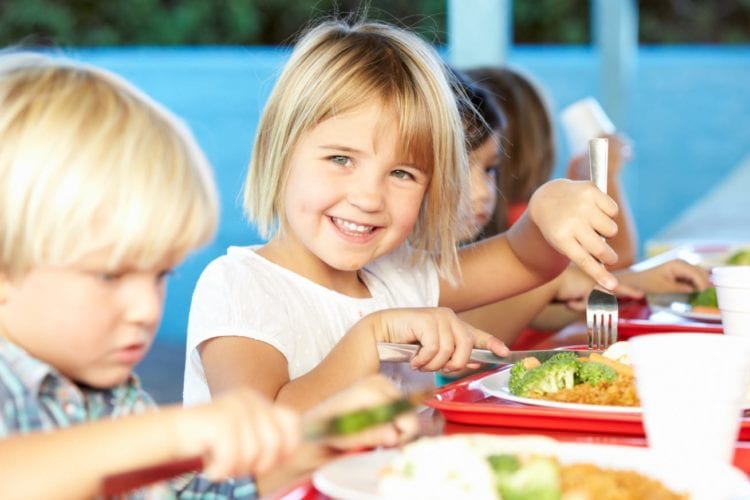
Jul
Nutritionists and dietitians from around the country are working to made kids’ school lunches healthier and more delicious.
The School Nutrition Association hosted its 73rd annual National Conference this week at the America’s Center Convention Complex in downtown St. Louis. The two-day convention allowed school nutrition professionals from around the country to sample food and recipes, test equipment and software, and share the best practices for meeting federal nutrition requirements.
More than 350 companies set up booths and handed out samples on Monday and Tuesday. Chef and Registered Dietitian Brenda Wattles writes recipes for school lunches nationwide. She stresses the importance of creating meals catered to kids and teens with changing palates.
“We see kids’ pallets increasing. We see a trend in the rise of ethnic foods, they want to try a lot of different flavors,” she said.
During the convention, experts sampled meals like ramen bowls and Korean barbecue. They’ll then decide whether school children in their area would benefit from offering it on the school’s lunch menu.
Wattles said the focus is on incorporating fresh fruits and vegetables into each meal. She hopes healthy meals like kale salad with chicken and black bean burgers will inspire children and teens to make nutritious meals a priority.
“Sometimes it takes them 10 times to try something before they eat it.” Said Wattles.
Experts said many of these options could come to school lunch menus across the country in the next year.

 Contact
Contact 